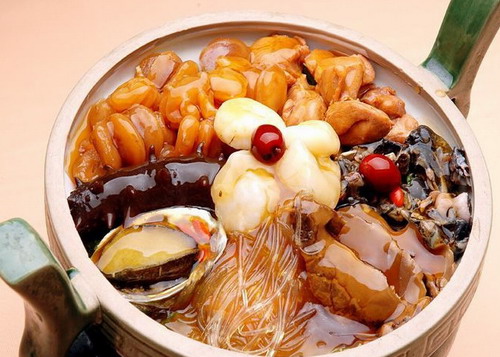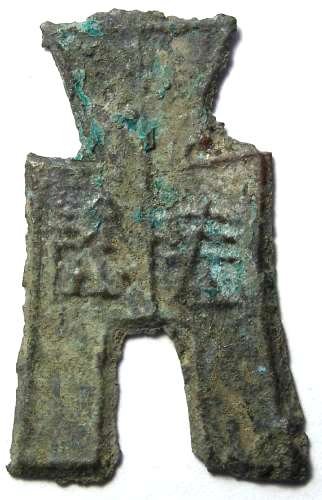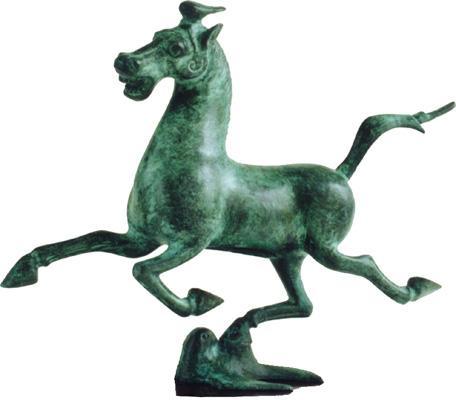
This is a kind of superior dish, whose original name is “Fu Shou Quan”. It was first created by eminent Juchunyuan Restaurant of Fuzhou during the region of Tongzhi in the Qing Dynasty. Fo Tiaoqiang is made of 28 kinds of fresh ingredients such as, abalone, sea cucumber, shark’s fin, fish maw, shark's lip, tendons, hams, dried scallop, dried mushroom and Shaoxing Wine etc. Put them into an earthen jar and seal up with mud. It takes more than 10 hours to stew with slow fire. The flavor is delicious and the sweet perfumes are diffused all around. It is a delicacy in autumn and winter. No wonder that one skillful writer in Qing Dynasty recite poems to praise “The fragrance float in the air even to the neighbor house when open up. The Buddha leap the wall as soon as smell the scent.” Fo Tiao Qiang(Steamed Abalone with Shark's Fin and Fish Maw) is thus named.
Ingredients

Sea,cucumber,Shark Scallops,Fish Maw,Ham,Mushrooms,Winter bamboo shoots,Duck gizzard,Gedan,Fat hen,Water-fat pig tendons,Pig meat Feibiao,Sheep elbow,Duck
Condiment:
Ginger,Onion,Cinnamon,Shao liquor,MSG,Crystal sugar,Soy sauce,Pig soup
Methods:
1. Water will be made to the sand shark, tick row of bamboo in the grate, the boiling water into the pot Congduan plus 30 grams, 15 grams of ginger, 100 grams Shaojiu cook for 10 minutes, remove the smell of their support, to pick onions, ginger , No juice, grate out into the bowl, placed on shark Feibiao pig meat, wine Jiashao 50 grams, on Long Ti Wanghuo with steamed out 2 hours, to pick Feibiao meat, steamed to Decanter juice.
2. Yu Chun cut growth of 2 centimeters, 4.5 centimeters wide of the block, into the boiling pot, add 30 grams Congduan, Shaojiu 100 grams, 15 grams ginger cook for 10 minutes remove Qu Xing, picking onions to ginger.
3. Bao money into the Long Ti, Wang Huo take steam out rotten, washed after each piece into 2, Ji crosswise on the knife, into the Sheng Xiao Pen, plus soup 250 grams, 15 grams Shaojiu, Wang put Longti Remove the steamer for 30 minutes, steaming to Decanter juice. Gedan cooked, peeled.
4. Chickens, ducks, respectively Duoqu head, neck, feet. Pig carcasses sharp tick, net pulled hair, wash. Sheep scratch elbow cleaned. Four more than the expected cut 12, with the net duck gizzard together under the pot boil for a short time like boiling water, remove the blood salvage. Zhu Du-ri valgus washed with boiling water and boil for a short time twice a muddy flavor removed, cut into 12, hack, plus soup with the boiling of 250 grams, 85 grams of wine Jiashao boil for a short time you picked up, Tom Khan Do not have to.

5. Sea water will be cleaned, each cut in two pieces. Wash water pig tendons, cut into 2-inch-long paragraph. Net tendon ham meat plus 150 grams of water, on Long Ti Wanghuo with steam 30 minutes out, steaming to Decanter juice, cut into 1 cm thick film. Winter bamboo shoots release remove cooked in boiling water pot boil for a short time, each cut into four straight, flat shot softly force. Wang Huo buy pot, pot Shuzhu You put 70 very badly burned hot, it will Gedan, hack-fried pieces of winter bamboo shoots about 2 minutes to salvage. Subsequently, the fish will be hack-high fish maw, Zhazhi can be broken hand, poured oil to Loushao Lek, and then out into soak in water, cut growth of 4.5 centimeters, 2.5 centimeters wide of the block.
6. Pot to stay more than 50 grams of oil, heat 70 Wanghuo very badly, it will Congduan 35 grams, 45 grams ginger flavor hack-Chao Chu, into chickens, ducks, sheep elbow, a sharp Pig, duck gizzard, Zhu Du speculation for several blocks, adding 75 grams of soy sauce, MSG 10 grams, 75 grams crystal sugar, Shaojiu 2150 grams, 500 grams soup, cinnamon, and cook for 20 minutes after the stamp, to pick onions, ginger, cinnamon, fishing Qiguo Liu Sheng out in the basin, soup stand-by.
7. Shaoxing rice wine altar get a wash, adding 500 grams of water, Wei Huo on the Heat, was a net altar in water, put an altar at the end of Grate Kotake, the first of cooked chickens, ducks, goats, elbow, a sharp Pig, Duck gizzard, Zhu Du block and took black mushrooms, winter bamboo shoots into pieces, then shark's fin, ham, scallops, abalone film into a rectangular bag with gauze and put in chickens, ducks, and other material, and then poured into Zhuji, ducks, and other material The soup, lotus leaf altar in the mouth on the cover and back on to withhold a small bowl. Good equipment, altar wine will be placed on the charcoal stove, simmer low heat 2 hours after al Kai, will speed japonicus, tendons, Yuchun, and fish belly Add the high altar, I immediately closed a good altar, and then a simmer An hour out, serve, I will be altar dish and pour it into the large basin Hu, gauze bag is opened, Gedan on top. At the same time, I am similar to keep up with a dish of radish, bean sprouts mixed with a plate of ham, the latter a dish of fried mushrooms, hot mustard oil, as well as a silver disc volumes and file Fresh fried sesame.
Do you want to have a taste of it through the description. It can be tasted in south China, such as Fujian. If you have a Shanghai tour, it can also be found.














































